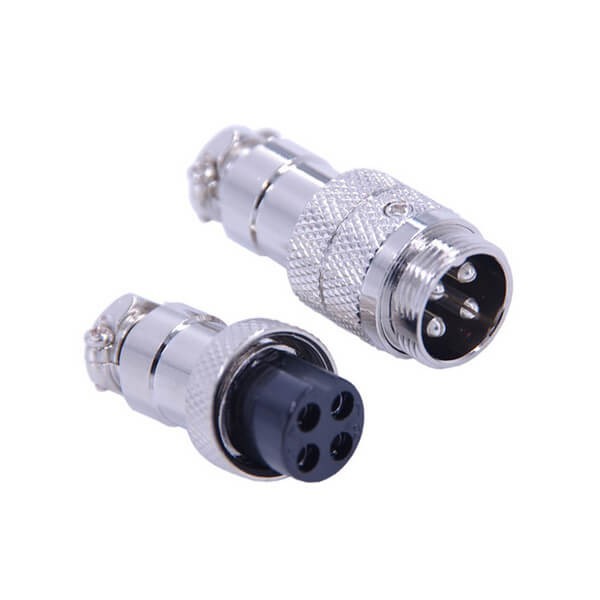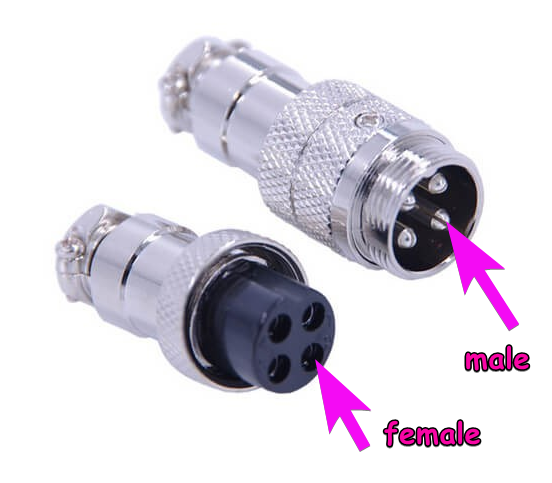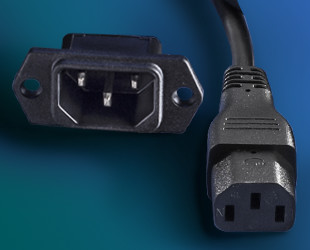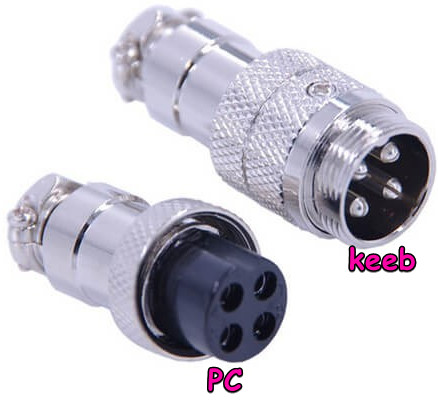Figured I’d post this over here as well since it doesn’t hurt to have more eyes on it.
Hey so I’ve seen a bit of a surge in posts about people making their own cables, and that’s great! I think any time people are willing to work on something themselves is an opportunity for learning, improving their skills, and maybe finding out they enjoy it. One thing that’s giving me a bit of a concern though is everyone’s favorite cable addons: aviator connectors.
For reference, here’s your standard GX16-4 aviator connector: 
The “16” in “GX16” stands for the approximate hole the threaded bit will fit into(more relevant for panel-mount versions), the “-4” stands for the number of internal conductors, though -5 versions are used fairly commonly. They’re a fun way to add customization and flair to your cables and can also serve the purpose of letting you mix and match device ends with host ends if you have some of each.
The big hiccup I’m seeing some people make is connector orientation. Just like most electrical connectors, aviator connectors have a male and female side that mate together 
Why might this orientation matter? Good question:
- Take a look at the common IEC C13 plug that goes into the C14 port on your computer:

You can unplug that cable and just drop it on the floor without any worry because even if it’s plugged into the wall, each pin is still safely isolated from one another and you’d have to put effort into shorting them together. Meanwhile, your computer does have the male side connection that could have something fall into and short the pins, but it’s not a risk because the computer is not powered while the pins are exposed.
This same concept applies to your keyboard cable you just made. If you’ve put the male end on the host side, the side you plug into your computer, if that’s plugged in and open it’s super possible to get stuff inbetween the pins or even touch them yourself picking it up. Obviously the ~5V USB power is much lower than wall power, but you have the risk of that short damaging the computer it’s plugged into, otherwise known as “not fun times”. If it’s the female side, just like the with the IEC connectors you have a greatly reduced risk of a short ever occurring. Meanwhile on the keyboard side you’re only exposing the male connector pins by removing the power from the board, thus eliminating the hazard.
TL:DR because I know I tend to be a wordy bastard:
Do yourself a safety favor and make sure to orient that fresh aviator connector properly to avoid any potential mishaps on your brand new DIY cable: female on the host(PC) end, male on the device(keeb) end: 